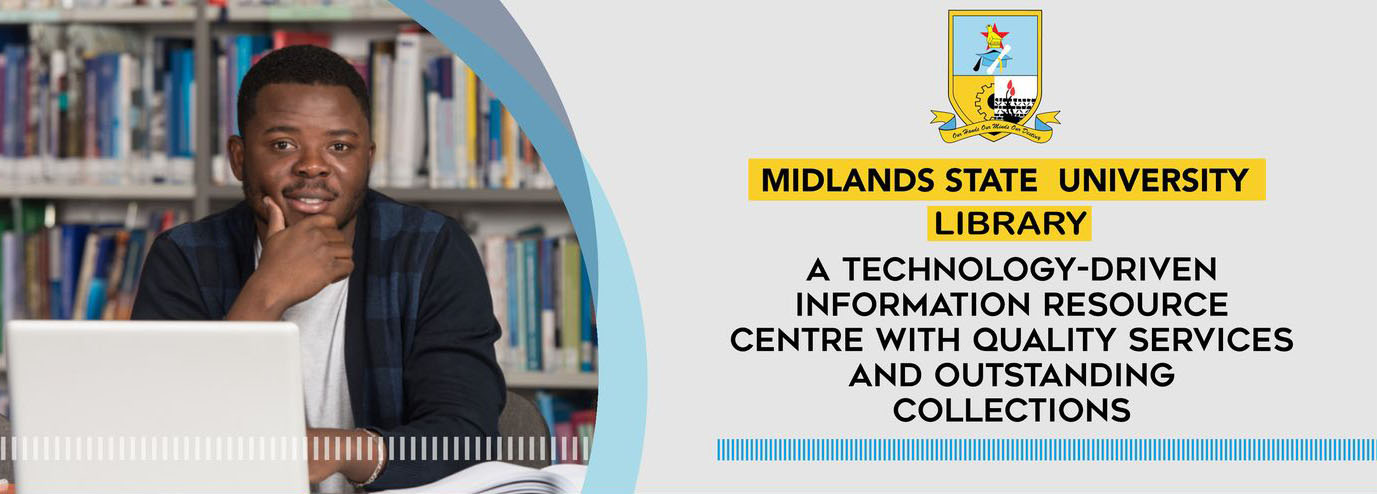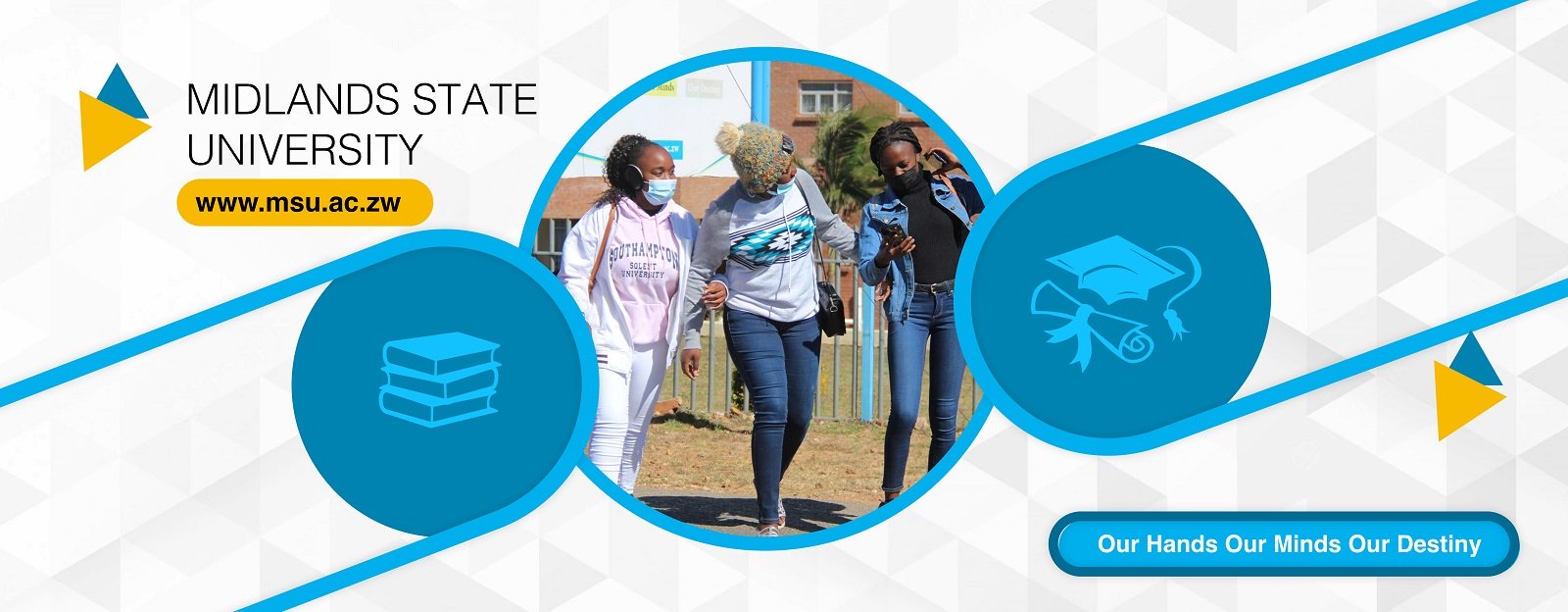Please use this identifier to cite or link to this item:
https://cris.library.msu.ac.zw//handle/11408/6729| Title: | The Application of AI in Chemistry Learning: Experiences of Secondary School Students in Zimbabwe | Authors: | Mandina Shadreck Kusakara Richard Technology and Design Education Midlands State University, ZIMBABWE Technology and Design Education Midlands State University, ZIMBABWE |
Keywords: | Artificial intelligence Chemistry education Curriculum integration |
Issue Date: | 2025 | Publisher: | Eurasian Society of Educational Research | Abstract: | This study investigated the integration of artificial intelligence (AI) tools into secondary school chemistry education in Zimbabwe, assessing their impact on student engagement and academic performance. Grounded in Vygotsky’s Sociocultural Theory and Cognitive Load Theory, the research employed a mixed-methods approach within a pragmatic framework. Quantitative data were collected through pre-test and post-test assessments and structured surveys, comparing an experimental group using AI tools with a control group employing traditional methods. Qualitative data from student and teacher interviews and classroom observations were analysed thematically. ANCOVA analysis revealed a statistically significant difference in post-test scores between the experimental and control groups, F (1, 117) = 188.86, p < .005, η² = 0.617, demonstrating a large effect size of AI integration on academic performance. Students in the experimental group exhibited a mean improvement of 20%, controlling for pre-test differences. Additionally, interaction effects between AI use and gender (F (1,115) = 0.17, p = .684) as well as prior chemistry knowledge (F (1,115) = 0.05, p = .829) were not statistically significant. Furthermore, 85% of the experimental group reported higher engagement levels, confirming AI’s role in fostering motivation and conceptual understanding. AI tools facilitated personalized learning paths, interactive simulations, and real-time feedback, optimizing cognitive efficiency and deep learning. Despite these advantages, significant challenges emerged, including limited internet access, insufficient technological resources, lack of teacher training, and curriculum integration difficulties. These barriers highlight the need for strategic investments in digital infrastructure, professional development for educators, and curriculum revisions to fully integrate AI into chemistry education. The findings underscore AI’s transformative potential in STEM education within developing nations. Addressing infrastructural and pedagogical challenges is critical to maximizing AI's impact, ensuring equitable access, and fostering long-term sustainability in educational innovation. | URI: | https://cris.library.msu.ac.zw//handle/11408/6729 |
| Appears in Collections: | Research Papers |
Files in This Item:
| File | Description | Size | Format | |
|---|---|---|---|---|
| EJMSE_6_1_1.pdf | Fulltext | 455.17 kB | Adobe PDF | View/Open |
Page view(s)
156
checked on Dec 24, 2025
Download(s)
42
checked on Dec 24, 2025
Google ScholarTM
Check
Altmetric
Items in MSUIR are protected by copyright, with all rights reserved, unless otherwise indicated.



